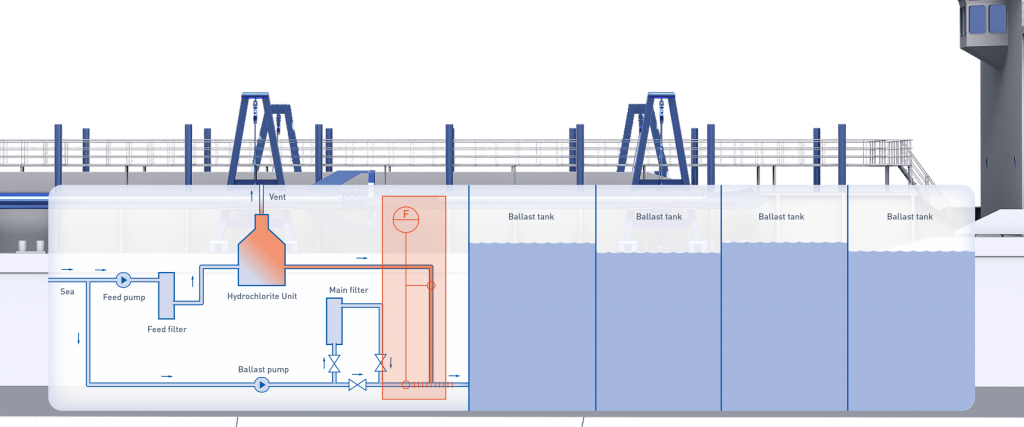
Ballast marine water treatment systems are used to purify seawater that ships carry onboard. They eliminate or inactivate biological organisms like bacteria, viruses and plankton that could spread to other environments if discharged into the environment.
Filtration is often employed to eliminate dissolved particles and germs from water, such as dust, chemicals, parasites and bacteria. This process is accomplished through filters made of various materials with varying pore sizes.
?What is special about her
Marine water treatment systems are the ideal way to rid saltwater of various pollutants, such as fluoride, chlorine, pesticides, nitrates and sulfates. Not only do they remove more microscopic particles than a pitcher filter can capture but some systems even have the capacity to clean water previously considered unfit for consumption. Most systems are passive; meaning they require no extra power other than what existing pressure from existing water provides.
?What is the process of working with her
Cruise ships rely on marine water treatment systems to stay safe and their water fresh. Culligan has been providing and servicing these systems for many years on cruise ships, providing a dependable solution to guarantee the quality of the water remains high.
Utilizing tidal wave and reverse osmosis technologies, seawater passes through a membrane to separate out salts and minerals leaving only pure water. After treatment with disinfectants and dechlorinants to eliminate any remaining bacteria or organisms before discharge into the sea, Culligan provides reliable solutions that guarantee high standards in shipping conditions
?What are its advantages
Oceans are one of Earth's most vital resources. Unfortunately, they also pose potential threats to both our ecosystems and human health if not managed responsibly.
Contaminated ballast water can pose a major danger to marine ecosystems, as it often contains foreign organisms that could wreck havoc on the environment. That is why the International Maritime Organization has implemented mandatory requirements for ships to treat their ballast water before releasing it into the sea.
Ballast water treatment technologies exist to reduce or remove invasive organisms from the water. Some of these include:
Electrochlorination
These systems work by producing chlorine-based disinfectants to kill any bacteria present in ballast water before it's discharged. However, their efficiency depends on salinity and temperature levels.
RO and NF
Reverse osmosis (RO) and nanofiltration (NF) are effective processes for eliminating salts, dissolved solids, and other hazardous elements from water. Unfortunately, they reject 15-30% of the feed water produced – which may pose problems when there is insufficient available supply.
RO and NF desalination processes rely on membrane material that is sensitive to high chloride concentrations; pretreatment may be necessary in order to guarantee its function properly. Without pretreatment, the membrane could become fouled or plugged and not produce high quality water.
